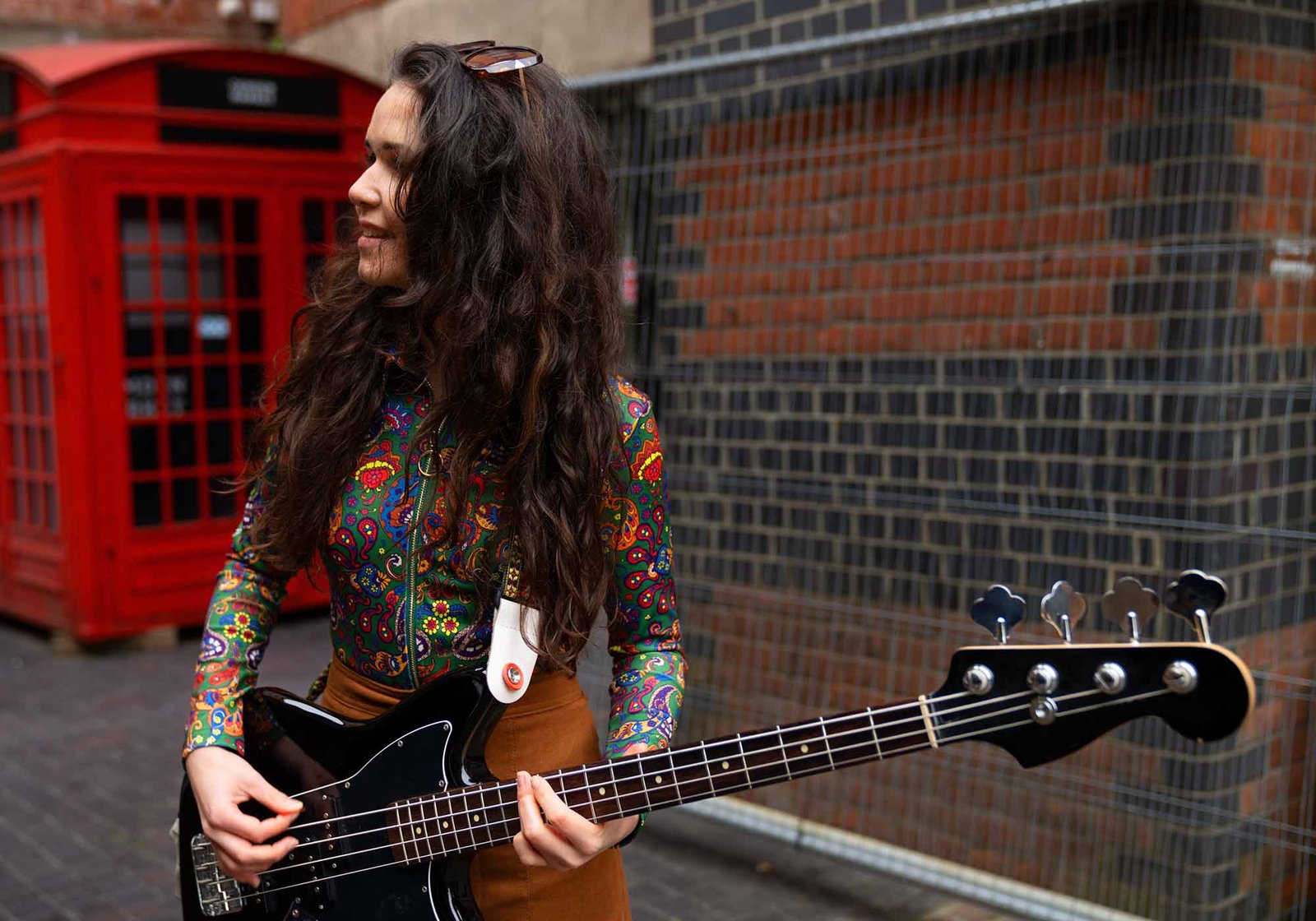-
play_arrow
MRS. NEWS RADIO STATION MUSIC RADIO STATION NEWS
Breaking Down the Beat: How New Music Trends Are Shaping 2025
Music in 2025 is undergoing a seismic transformation, driven by technology, shifting listener habits, and a bold disregard for traditional genre boundaries. Here’s how the latest trends are redefining what we hear, how we create, and the way artists connect with fans.
AI and Technology: The New Architects of Sound
-
AI-Powered Creation
Artificial intelligence is now a core part of music production. Tools like OpenAI’s Jukebox and Google’s Magenta are enabling artists to generate melodies, harmonies, and even full tracks with minimal input. Industry reports suggest AI could account for up to 20% of all music production by the end of 2025, raising new questions about creativity, copyright, and authenticity. -
Algorithmic Discovery
Music discovery is increasingly shaped by algorithms and short-form video platforms. By 2025, platforms like TikTok, Instagram Reels, and YouTube Shorts are predicted to drive up to 75% of music discovery, making it essential for artists to craft content optimized for these formats.
Genre Fluidity and the Era of the “Moment”
-
Genre-Bending and Fusion
Artists are breaking free from traditional genre labels, creating music defined more by mood and moment than by style. Cross-genre collaborations-such as country-trap, Latin EDM, and jazz-infused techno-are not only common but celebrated, with major hits blending influences from multiple worlds. -
The Rise of Microgenres and Niche Playlists
Platforms like Spotify are fueling a “niche-fication” of music, with hyper-specific playlists and microgenres catering to every imaginable vibe. Listeners are gravitating toward curated experiences that match their precise mood, further blurring genre lines.
Aesthetic Shifts: From Polished to “Dirty” and Authentic
-
Imperfect, Raw Sounds
A “dirty,” more authentic aesthetic is taking over pop and electronic music. Producers are embracing lo-fi textures, glitchy beats, and imperfect vocals, creating a raw sound that resonates with audiences tired of over-polished production. -
Hyperpop and Phonk Go Mainstream
Genres like hyperpop-characterized by distorted synths and high-energy vocals-and phonk, a blend of Memphis rap and lo-fi bass, are evolving from internet subcultures to club and mainstream staples, thanks in part to their viral appeal on social media.
Live, Virtual, and Immersive Experiences
-
The Virtual Concert Boom
Virtual and augmented reality concerts are now mainstream, with platforms like Fortnite and VRChat hosting interactive shows that draw millions. These digital experiences are becoming more immersive, featuring real-time audience participation and AI-generated visuals. -
World-Building and Gamification
Artists are creating expansive universes around their music, integrating storytelling, visual art, and interactive elements. This “world-building” approach, often seen in video game collaborations, fosters deeper fan engagement and loyalty.
Direct-to-Fan Models and Decentralization
-
Blockchain and NFTs
Blockchain technology and NFTs are revolutionizing music ownership and monetization. Artists are selling tokenized royalties and exclusive content directly to fans, bypassing traditional industry gatekeepers and securing a larger share of revenue. -
Direct-to-Fan Platforms
With streaming payouts remaining low, musicians are turning to platforms like Bandcamp, Patreon, and Shopify to build sustainable careers by connecting directly with their audiences.
Emerging and Enduring Genres
-
Afrohouse, Amapiano, and Global Sounds
Genres like afrohouse, afrobeats, and amapiano continue to gain global traction. Country, K-pop, and shoegaze are also expected to grow, while pop and hip-hop remain dominant but increasingly infused with new influences. -
Dance Music’s Softer Side
There’s a noticeable shift in club music, with slower tempos and more melodic, restrained sounds gaining popularity over the hard, industrial beats of previous years.
What’s Next?
The music landscape of 2025 is defined by adaptability, innovation, and the convergence of technology and creativity. Artists who embrace AI, experiment with genre fusion, and build immersive worlds around their music are poised to thrive. As the industry continues to democratize, expect even more voices-and sounds-to shape the global soundtrack of tomorrow
Written by: bobbystvnews@gmail.com
Artists charts DJ events Hits Music Pop reviews Rock
Similar posts
Recent Comments
No comments to show.Search
Now on air

Throwback Jam
Presented by Ryan Taylor
Take a trip down memory lane with the best throwback pop songs of all time. From the classics to the anthems of your youth, Throwback Jam revives the tracks that still make you sing, dance, and reminisce.
close-
Trending
Copyright MRS.NEWS - BAD BITCH MUSIC RADIO STATION



